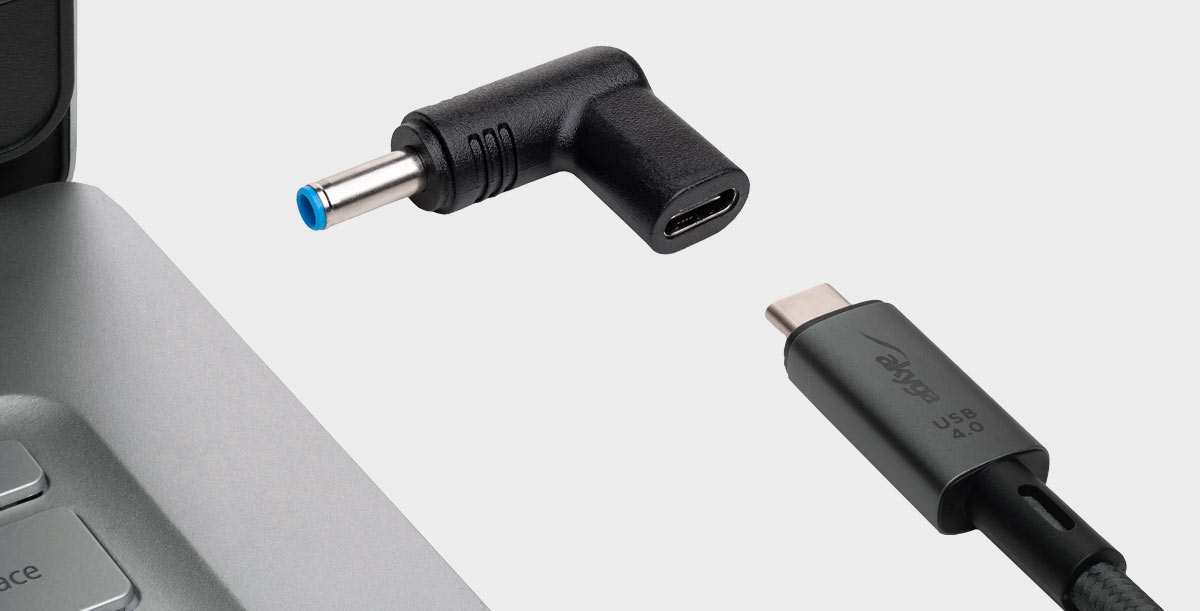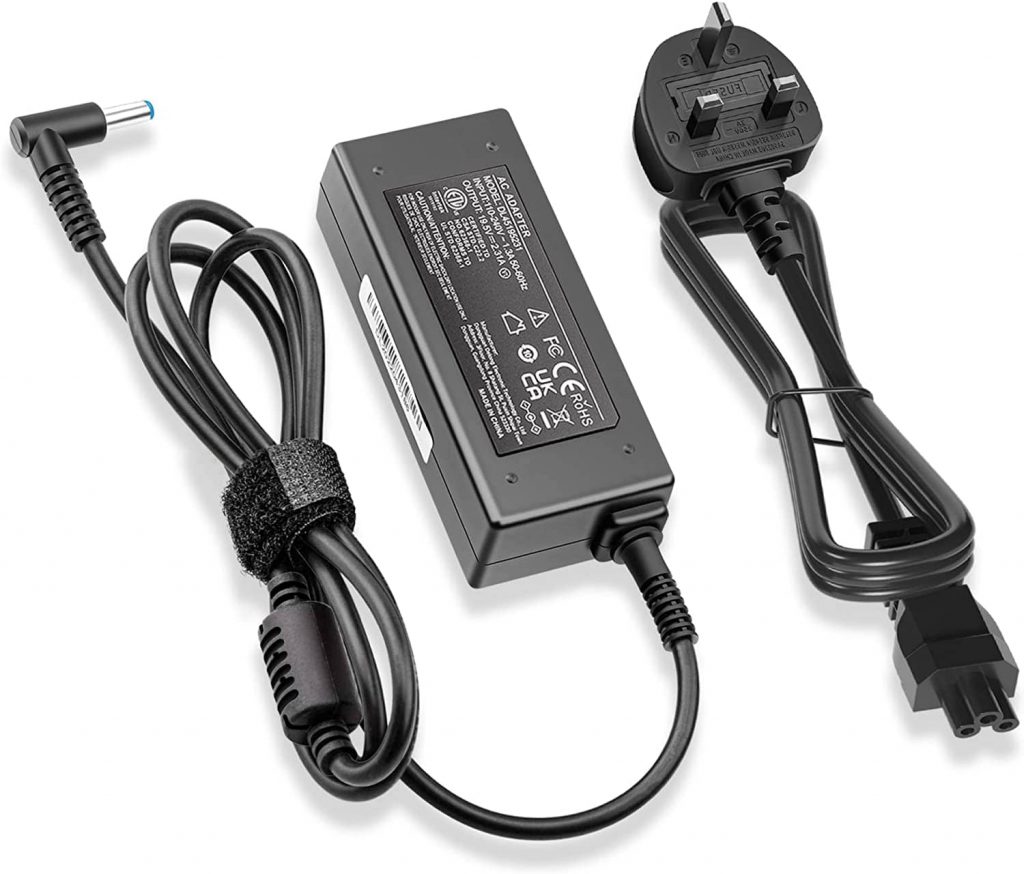Introduction: The Challenge of Charging On-the-Go
In today’s fast-paced world, staying connected and productive often requires having access to a reliable power source for our laptops. However, finding yourself in a situation where your laptop is low on battery and you don’t have access to a charger can be frustrating. In this guide, we’ll explore some ingenious ways to charge your laptop without a traditional charger, allowing you to power up anywhere and stay productive on-the-go.

Harnessing Solar Power: Embracing Sustainable Charging Solutions
One of the most innovative ways to charge your laptop without a charger is by harnessing the power of the sun. Solar chargers, equipped with photovoltaic panels, allow you to convert sunlight into electricity, providing a sustainable and eco-friendly charging solution. Simply place the solar charger in direct sunlight and connect it to your laptop using a compatible adapter or cable to start charging.
Utilizing Power Banks: Portable Charging On Demand
Power banks have revolutionized the way we charge our electronic devices, offering a convenient and portable charging solution for laptops as well. Opt for a high-capacity power bank with multiple output ports and sufficient power output to charge your laptop. Simply connect your laptop to the power bank using a compatible cable, and you can recharge your device anytime, anywhere, without the need for a traditional charger.

Tapping into USB-C PD: High-Speed Charging with Universal Compatibility
USB-C Power Delivery (PD) technology has emerged as a game-changer in the world of charging, offering high-speed charging capabilities and universal compatibility across a wide range of devices, including laptops. Invest in a USB-C PD power adapter or power bank with sufficient power output to charge your laptop. With the right cable and adapter, you can quickly and efficiently recharge your laptop using USB-C PD technology, even when you’re on the move.
Exploring Alternative Power Sources: Thinking Outside the Box
When traditional charging options are not available, it’s time to get creative and explore alternative power sources for charging your laptop:
- Car Charger: If you’re on a road trip or commuting by car, a car charger can provide a convenient charging solution for your laptop. Simply plug the car charger into the vehicle’s cigarette lighter socket and connect it to your laptop using a compatible adapter or cable to recharge your device on-the-go.
- Public Charging Stations: Many public spaces, such as airports, cafes, and libraries, offer free or paid charging stations where you can recharge your electronic devices, including laptops. Keep an eye out for these charging stations when you’re out and about and take advantage of them to power up your laptop when needed.
- Emergency Power Sources: In emergency situations where access to electricity is limited, consider alternative power sources such as portable generators, power inverters, or even hand-cranked chargers. While these options may not be as convenient as traditional chargers, they can provide a lifeline when you’re in a pinch and need to charge your laptop urgently.

Tips for Maximizing Battery Life: Making the Most of Every Charge
While charging your laptop without a traditional charger is convenient, it’s also essential to maximize your device’s battery life to ensure long-lasting performance. Here are some tips for optimizing battery life:
- Adjust Power Settings: Reduce screen brightness, disable unnecessary background apps and services, and adjust power settings to optimize battery usage and extend battery life.
- Use Battery Saving Mode: Most laptops offer a battery saving mode or power management feature that can help conserve battery life by limiting system resources and adjusting performance settings.
- Unplug Peripheral Devices: Disconnect any unnecessary peripheral devices, such as external hard drives, USB devices, or accessories, when not in use to reduce power consumption and extend battery life.
- Regular Maintenance: Keep your laptop’s battery in good condition by performing regular maintenance tasks, such as calibrating the battery, updating device firmware, and avoiding extreme temperatures.

Exploring Energy-Efficient Practices: Sustainable Charging Solutions
In addition to the innovative ways mentioned earlier, embracing energy-efficient practices can further enhance your ability to charge your laptop without a traditional charger:
- Energy Harvesting Technologies: Explore energy-harvesting technologies that capture and convert ambient energy sources, such as kinetic energy, thermal energy, or radiofrequency energy, into electrical power. While these technologies are still in development, they hold promise for providing sustainable charging solutions for laptops and other electronic devices in the future.
- Off-Grid Solutions: For remote or off-grid locations where access to electricity is limited or unreliable, consider off-grid charging solutions such as portable solar panels, wind turbines, or micro-hydro generators. These off-grid systems can provide a reliable and sustainable source of power for charging laptops and other devices, even in the most remote environments.
- Energy-Efficient Chargers: Invest in energy-efficient charging solutions that minimize power consumption and waste. Look for chargers with smart charging technology that automatically adjusts power output based on the device’s requirements, reducing energy usage and optimizing charging efficiency.
- Power Management Software: Take advantage of power management software and utilities available for laptops that allow you to monitor and control energy usage. These tools can help you identify energy-intensive processes or applications and optimize system settings to conserve battery life and extend charging intervals.

DIY Charging Solutions: Creative Alternatives for Emergency Situations
In emergency situations where access to traditional charging sources is limited or unavailable, consider DIY charging solutions using readily available materials and resources:
- DIY Solar Charger: Build a DIY solar charger using inexpensive solar cells, a voltage regulator, and a rechargeable battery. By harnessing the power of sunlight, you can create a portable and sustainable charging solution for your laptop, perfect for outdoor adventures or emergency situations.
- Hand-Cranked Generator: Construct a hand-cranked generator using a simple mechanical mechanism to generate electrical power by manually turning a crank or handle. While not as efficient as solar or traditional charging methods, a hand-cranked generator can provide a backup charging option in emergency scenarios where other power sources are unavailable.
- Thermoelectric Generator: Explore the concept of thermoelectric generators, which generate electricity from temperature differentials. By harnessing the heat energy from a heat source, such as a campfire or stove, and the ambient air temperature, you can create a makeshift thermoelectric generator to charge your laptop in emergency situations.
Conclusion: Empowering Mobile Productivity with Innovative Charging Solutions
Charging your laptop without a traditional charger opens up a world of possibilities for mobile productivity and connectivity. By harnessing the power of solar chargers, power banks, USB-C PD technology, and alternative power sources, you can power up your laptop anytime, anywhere, and stay productive on-the-go. With the right charging solutions and battery optimization techniques, you can empower your mobile lifestyle and ensure that your laptop is always ready when you need it most. So power up anywhere, embrace innovative charging solutions, and unlock the full potential of your laptop wherever your adventures take you.


